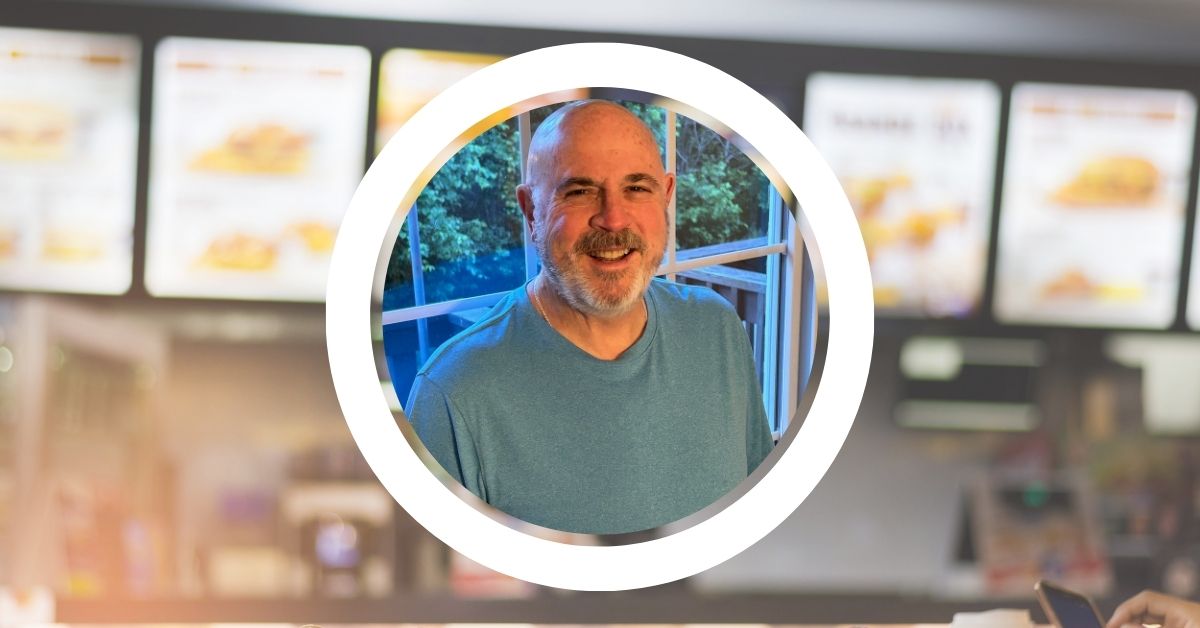
Meet Dr. Laurie. I started working with her around six months ago. She was 53 years young and had already adopted a whole food, plant-based (WFPB) lifestyle, but she was struggling to shift her body composition.
Her goal was to lose body fat while building quality lean muscle. Being a doctor, she understood the importance of having more lean muscle, which usually declines with age. But she also had a hectic schedule of seeing patients, traveling to conferences, etc., so we needed to build a custom plan to help her achieve this goal.
We created a strength training plan that utilized the tools she already had access to and included three weekly workouts. You might wonder why we started with only three workouts per week. It all has to do with adaptation. As with all my clients, Dr. Laurie needed to start slowly to allow her body to adapt to the added stressors. Until the body gets used to performing three workouts, there is no need to consider doing more.
We focused on form and mobility so she could exercise enough to put on lean muscle while protecting her joints and preventing injuries. From there, we changed her workout program every four weeks to avoid the plateauing that can occur from doing the same workout for too long. This helped her pack on lean muscle mass, build more muscular endurance, and, ultimately, shave 24 minutes off her half-marathon time.
If you’ve ever done any endurance racing, you know as well as I do that the heart is rarely the biggest challenge. It’s usually the legs that slow us down and don’t allow us to continue at the high pace we would like to maintain. And that is why building more strength training into the exercise regime—as Dr. Laurie successfully did—is so important.

She not only improved her half-marathon time but also lost 15 pounds and dropped more than 10 percent of her body fat while adding 6–7 pounds of lean muscle mass. All by incorporating more strength training and enjoying a healthy whole food, plant-based (WFPB) dietary lifestyle. You might wonder about her nutrient requirements during this training, particularly her protein requirements. I can tell you that although we did adjust a few things, she thrived with WFPB nutrition!
Dr. Laurie then began her reverse dieting process, which I have written about before. This process is what allows my clients to maintain their new lean bodies and eliminate the risk of their weight returning. As you probably know, healthy weight maintenance is not the norm for most Americans who make concerted efforts to lose weight: the vast majority regain their weight within months. Reverse dieting helps avoid that common pitfall.
You might wonder if this could work for you. The answer is likely yes. I’ve helped over 700 people at this point—people with many types of health conditions and at many different stages of life. One of the misconceptions that you might have heard is that people have a more difficult time changing body composition later in life, but I can assure you that age is not a dealbreaker. I’ve helped many people over 80 build stronger muscles and bones, lose body fat, and feel better.
The crucial thing to remember is that the best path to a successful, healthy, and fit body is sustainable, not quick. Often, success depends on going slower instead of trying to rush your transformation. Dr. Laurie is living proof of what someone can achieve when they remember this slow-and-steady advice and stick to an effective plan. She has even joined our Fit Vegan team, as a part of which she helps our members with blood work and consultations.
Dr. Laurie, I’m really proud of you. It was an honor to help you with your transformation, and it remains an honor to serve our members together.
You Might Also Like
Copyright 2025 Center for Nutrition Studies. All rights reserved.
Deepen Your Knowledge With Our
Plant-Based Nutrition
Certificate
Plant-Based Nutrition Certificate
- 23,000+ students
- 100% online, learn at your own pace
- No prerequisites
- Continuing education credits










